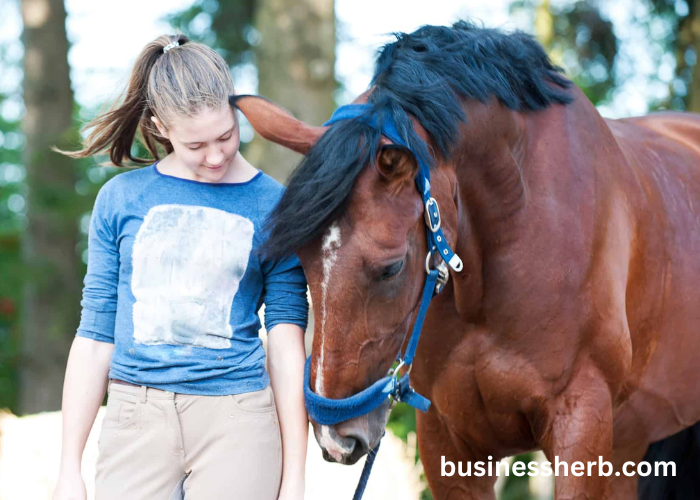Horses have been companions to humans for thousands of years, playing crucial roles in transportation, agriculture, and even therapy. Understanding equine behavior is essential for effective training and care, ensuring a harmonious relationship between horse and handler. This article delves into the key aspects of equine behavior, the principles of training, and best practices for horse care. Discover the finest quality turf products at AbdellatifTurf. From lush grass to durable sod, we have everything you need for a beautiful lawn.
Understanding Equine Behavior
Horses are herd animals with instincts deeply rooted in their wild ancestry. Their behavior is influenced by their social structure, communication methods, and natural instincts.
Social Structure
In the wild, horses live in herds, which provide protection and social interaction. Within a herd, there is a clear hierarchy, usually led by a dominant mare. Understanding this social structure is crucial when managing domestic horses, as they will naturally seek to establish a pecking order.
Communication
Horses communicate through body language, vocalizations, and facial expressions. Key signs to observe include ear position, tail movement, and posture. For example, pinned-back ears can indicate aggression or discomfort, while a relaxed tail suggests calmness.
Natural Instincts
Flight response is a significant aspect of equine behavior. As prey animals, horses are naturally inclined to flee from perceived threats. Recognizing and managing this instinct is vital during training and care to prevent accidents and build trust.
Principles of Training
Effective horse training relies on consistency, patience, and a thorough understanding of equine behavior. There are several training methods, but all share common principles:
Positive Reinforcement
Rewarding desired behaviors with treats, praise, or other positive stimuli encourages horses to repeat those behaviors. This method builds trust and strengthens the bond between horse and handler.
Negative Reinforcement
This involves removing an unpleasant stimulus when the horse performs the desired behavior. For example, releasing pressure on the reins when the horse stops moving. It’s essential to use this method judiciously to avoid causing fear or stress.
Consistency and Patience
Horses learn through repetition and consistent cues. It’s crucial to be patient and maintain a calm demeanor, as horses are sensitive to human emotions and can become anxious if they sense frustration.
Groundwork
Before riding, groundwork establishes respect and communication. Exercises like leading, lunging, and backing up teach the horse to respond to commands and understand boundaries.
Best Practices for Horse Care
Proper care is essential for a horse’s health and well-being. This includes nutrition, grooming, regular veterinary care, and suitable living conditions.
Nutrition
Horses require a balanced diet consisting of forage (hay or pasture), grains, and fresh water. It’s important to tailor the diet to the horse’s age, weight, and activity level. Regularly monitoring body condition and adjusting feed as necessary helps maintain optimal health.
Grooming
Regular grooming keeps a horse’s coat healthy and provides an opportunity to check for injuries or health issues. Brushing, hoof cleaning, and bathing are essential grooming practices. Additionally, grooming strengthens the bond between horse and handler.
Veterinary Care
Routine veterinary care is crucial for preventing and treating health issues. Horses need regular vaccinations, dental check-ups, and deworming. Building a relationship with a trusted veterinarian ensures timely care and advice.
Living Conditions
Horses need a safe and comfortable living environment. Stables should be clean, well-ventilated, and spacious enough for the horse to move freely. Pasture time is also essential for physical and mental well-being. Ensuring the pasture is free of hazards and providing shelter from extreme weather are key aspects of good horse management.
Conclusion
Understanding equine behavior and applying effective training and care practices are fundamental to building a positive and productive relationship with horses. By recognizing their natural instincts, using consistent training methods, and providing comprehensive care, handlers can ensure their horses lead healthy, happy, and fulfilling lives. Whether for sport, work, or companionship, a well-trained and cared-for horse is a joy to be around, reflecting the deep bond shared between human and animal.
